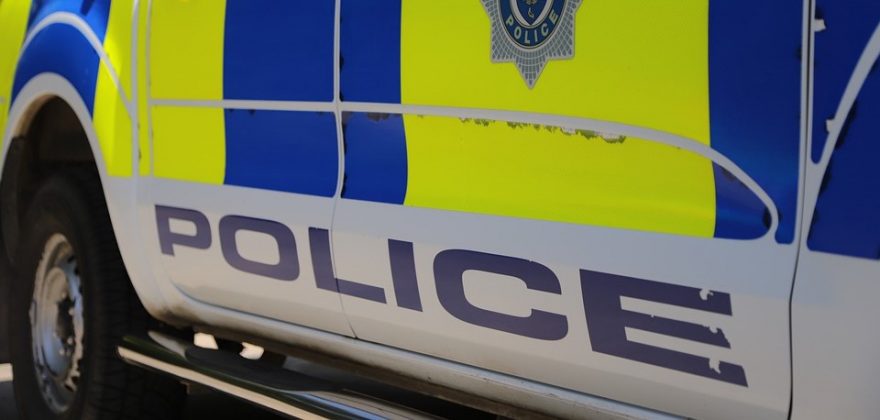Worcester City Council’s Environment Committee is set to consider increasing the budget for work to control gull numbers in the city by £35,300 next year.The proposal is included in a report that will be considered by the committee on Tuesday 1 November, which sets out the impact of steps taken this year to keep the birds’ population under control.
The flying of hawks, removal of nests and eggs, installation of steel cages over nesting sites and other measures have all been used as a means of keeping the numbers down.
Cllr Andy Stafford, Chair of the Environment Committee, said: “Gulls in the city create many problems, with their calls keeping residents awake at night, their droppings presenting health problems, and their aggressive behaviour causing intimidation and occasionally injury.
“Gulls are protected under the 1981 Wildlife and Countryside Act, so the measures we take are licensed by Natural England and we also work with partners such as the British Trust for Ornithology.
“The steps we have taken this year have been successful in limiting the negative impact of gulls on residents and visitors to the city, and I hope the committee will support the proposed continuation of this important work.”
The base budget for tackling gull numbers in the city is £35,500, so the proposal would meant the City Council has £70,800 allocated to tackle gull numbers in 2023-24.
In the current financial year the City Council has spent £75,000 on gull control, thanks to an extra £40,000 being agreed as part of the 2021-22 budget.
That has helped to limit the growth in the birds’ numbers to around 29 pairs a year. A survey showed that there were 1,130 breeding pairs of lesser black-backed gulls and herring gulls in Worcester this year.
The committee reports details work in three gull nest exclusion zones:
- The Tything, Britannia Square, K2 building, St Oswald’s Hospital and RGS – The removal of nests and eggs, and the flying of hawks, has dramatically reduced the number of breeding pairs of gulls in the area. The number of reports of people in the area being swooped on by the birds has fallen dramatically in the past year.
- Weir Lane/Lower Wick – A temporary access tower was put in place at a commercial premises where 35 gulls’ nests were located, and through a combination of lasers, lights, tapping of roofs with poles, and the playing of recorded gull distress calls, this figure was reduced to three. Other measures have also helped reduce the number of gulls in the neighbouring residential area.
- Fish St, Copenhagen St and the Guildhall – Around 40 gull nests had been established in this area. A combination of hawking and gull-proofing at the Guildhall and the former fire station has reduced the number.
A subsidised gull-proofing scheme has proved successful, with steel cages being installed to stop gulls reaching nesting sites at 22 buildings in the city so far this year.
The Council also extended its non-lethal use of hawks as a deterrent, with the birds of prey being regularly flown in the city centre and elsewhere between February and May this year. This delayed the gulls from building their nests, reducing the likelihood of them laying more than one clutch of eggs, and also drove off a pair of gulls that had been swooping on shoppers in Cathedral Square.
In 2022, 136 nests in the city were removed as well as 242 eggs, all under licence from Natural England. Six gull chicks were caught and moved to more suitable locations outside of the city.
When it meets on 1 November, the Environment Committee will consider a range of proposals for extending the gull control work, with ideas including an additional nest exclusion zone at the King St Apartments in Diglis, more gull-proofing of buildings, and additional flying of hawks.




